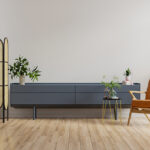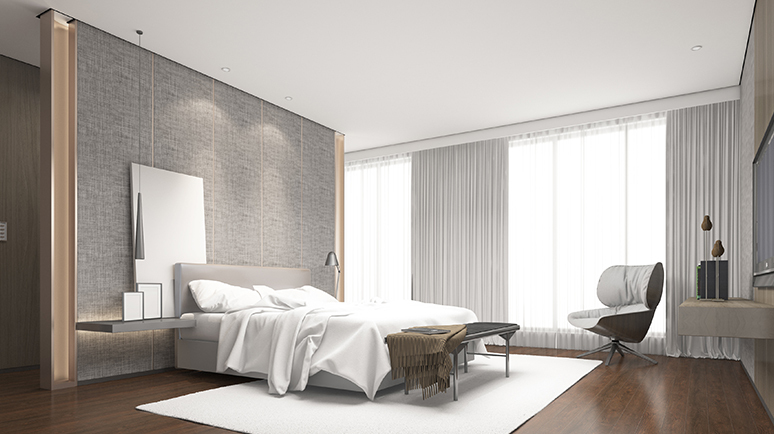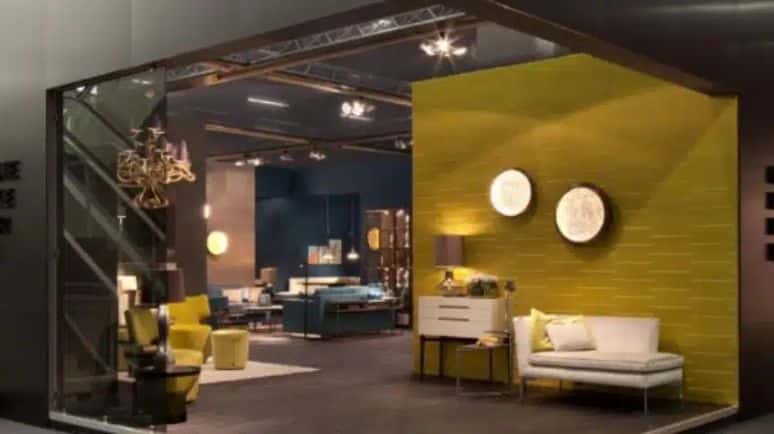
Modern bedroom renovation ideas using decorative laminates
November 24, 2021
Nature Inspired Interior Design Trends
December 20, 2021Woodgrain laminates has long been applauded for its ability to emulate the natural beauty of wood while also providing a number of practical and aesthetic advantages. These decorative laminates take design cues from natural woods to give you the appearance you want at a price you can afford.
Woodgrain laminates can be best described as “The Beauty of Wood, the Benefits of Laminate”.
Laminate also popularly known as sun mica, is created by pressing multiple layers of plastic resins and flat paper together. A printable technique is used to give laminate the wood grain appearance. The upper layer is commonly printed with a stylish appearance or colour combinations and given a polished look, giving it a crafted aesthetic.
It is designed to withstand heat and scratches, and it retains its new and shiny appearance even after extended use. As an outcome, when designing items for high-traffic regions such as the kitchen, people frequently prefer laminate over other construction materials.
Features of woodgrain laminates:
Luxurious design– Woodgrains are used more frequently on cabinets, doors, tables, and shelves, coming second to only granite and marble which are seen on countertops.
Easy on pocket– It is relatively inexpensive, costing less than a quarter of the price of solid wood and veneer furniture. If you are on a strict budget, laminate is the best option.
Easy cleaning– The surface’s smooth finish makes it simple to clean. You can clean it up with a wet cloth or soapy water without fear of causing any damage.
Durability– Laminate is strong and durable and comes with a long shelf life.
Variety– Unlike solid wood, which is mostly the same colour and appearance, laminate comes in a wide range of colours and appearances.
Low Maintenance– There is no need to polish, refinish, or colour it on a regular basis.
How to decide which woodgrain laminate is best for you?
You must consider three factors: Style, Colour, and Texture. Let’s take a glance:
Style– There are no two chunks of wood found in nature that are completely identical. When checking or duplicating a wood look for laminate applications, however, uniformity in the design stage ensures that colours and patterns remain true from one sheet to another. Formica Group has a variety of styles to choose from.
Colour– The next step is to find a colour that goes with your woodgrain style. Light woodgrains with a Scandinavian feel, such as Planked Raw Oak or White Knotty Maple, are more soft and natural. Darker woods, such as Planked Coffee Oak, on the other hand, can be more dramatic.
Texture– At last, no woodgrain laminate is perfect without the suitable texture.
By focusing on style, colour, and texture, you’ll be able to find the ideal woodgrain laminate for your next project.




